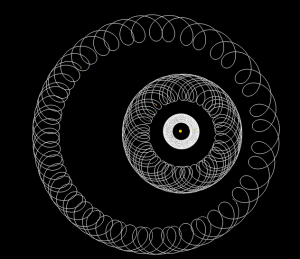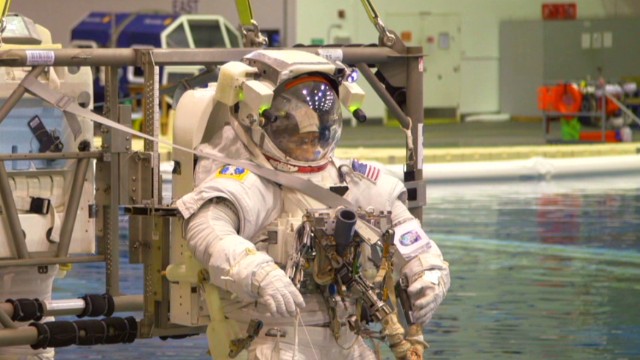


It is filled with 1/8” (3 mm) diameter expanded polystyrene beads. The decelerator cart is 11 foot ( 3.3 m) in diameter and nearly 20 ft (6.1 m) deep. An electronics technician makes adjustments to the experiment on the ‘H’ drop vehicle at the Zero Gravity Research Facility.Īfter falling for just over 5 seconds the experiment vehicle is stopped in the decelerator cart, located at the bottom of the chamber. During the drop the experiment operates autonomously with all experiment power, data acquisition, and control functions located on the freely falling experiment vehicle.
#No gravity simulator nasa free
Remotely fracturing a specially designed bolt allows the experiment to begin its 132 meter free fall. Once the chamber is evacuated the release sequence is initiated. It takes approximately one hour to evacuate the vacuum chamber.

This cable allows the experiment to be monitored and controlled from the control room until the release sequence is initialized. Once in position, the drop vehicle is connected to the facility control room via an umbilical cable. To prepare for a drop, an overhead crane is used to position the experiment vehicle and release mechanism at the top of the vacuum chamber. Evacuating the chamber to this pressure reduces the aerodynamic drag on the freely falling experiment vehicle to less than 0.00001 g. A 5 stage vacuum pumping process is used to reduce the pressure in the chamber to a pressure of 0.05 torr (760 torr = standard atmospheric pressure). The chamber is 20 ft (6.1 m) in diameter and resides inside of a 28.5 ft (8.7 m) diameter concrete lined shaft, which extends 510 feet (155 m) below ground level. The free fall is conducted inside of a 467 foot (142 m) long steel vacuum chamber. Allowing the experiment hardware to free fall a distance of 432 feet (132 m) creates the microgravity environment at the Zero-G facility. NASA conducts microgravity experiments on earth using drops towers and aircraft flying parabolic trajectories. Microgravity, which is the condition of relative near weightlessness, can only be achieved on Earth by putting an object in a state of free fall. The Zero-G facility provides researchers with a near weightless or microgravity environment for a duration of 5.18 seconds. The facility is currently used by NASA funded researchers from around the world to study the effects of microgravity on physical phenomena such as combustion and fluid physics, to develop and demonstrate new technology for future space missions, and to develop and test experiment hardware designed for flight aboard the International Space Station or future spacecraft. It was originally designed and built during the space race era of the 1960s to support research and development of space flight components and fluid systems, in a weightless or microgravity environment. The Zero-G facility has been operational since 1966. The Zero-G facility is one of two drop towers located at the NASA site in Brook Park, Ohio. The Zero Gravity Research Facility is NASA’s premier facility for ground based microgravity research, and the largest facility of its kind in the world. Facility Overview Mezzanine view of the drop vehicle and release mechanism being positioned over the vacuum chamber with a technician signaling the crane operator in the Zero Gravity Research Facility.

It provides researchers with a near weightless environment for a duration of 5.18 seconds. Home > Facilities Zero Gravity Research Facility


 0 kommentar(er)
0 kommentar(er)
